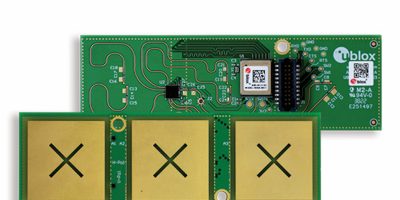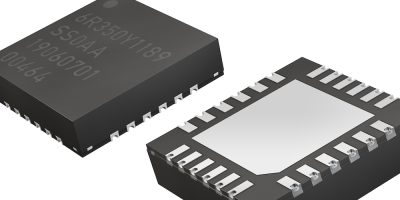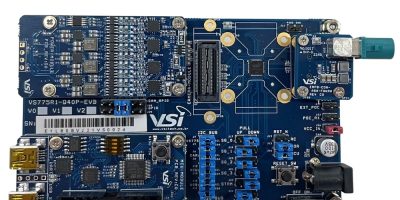Distributor, Mouser Electronics is now stocking the i.MX RT117F crossover processors from NXP Semiconductors. This is the latest of NXP’s EdgeReady portfolio. The i.MX RT117F crossover processors offer an inexpensive, embedded, secure 3D facial recognition system for smart locks and other access control systems. It can add machine learning-based secure facial recognition capabilities quickly and efficiently to smart homes and smart industrial IoT-based applications using NXP’s eIQ machine learning software.
The i.MX RT117F crossover processors feature NXP’s Arm Cortex-M7 CPU core with 2Mbytes of on-chip SRAM, running at up to 1GHz for fast, more accurate facial recognition and improved power efficiency. The i.MX RT117F has dual core processing and security features. It also provides a 2D GPU (graphics processing unit), two Gigabit Ethernet ports (and one 10/100 port), two high speed USB OTG with PHY and support for a MIPI display and camera. The i.MX RT117F crossover processor can be combined with a 3D structured light module (SLM) camera for security of 3D facial recognition at the edge. According to Mouser, it addresses privacy concerns and eliminates latency typically associated with cloud-based alternatives.
The i.MX RT117F also includes a license to run NXP’s facial biometric authentication library. In the comprehensive library there are camera drivers, image capture and pre-processing tools, face detection, tracking, alignment and recognition tools, wireless drivers and automation scripts.
Mouser is also stocking the SLN-VIZN3D-IOT development kit. This implements an onboard i.MX RT117F processor for secure facial recognition with 3D liveness detection and features integrated, turnkey software. It also includes an available remote registration capability to allow end-users to register their faces from mobile devices.
Mouser says it offers the world’s widest selection of the newest semiconductors and electronic components — in stock and ready to ship. Mouser’s website hosts an technical resources, including a Technical Resource Centre, product data sheets, supplier-specific reference designs, application notes, technical design information and engineering tools.







